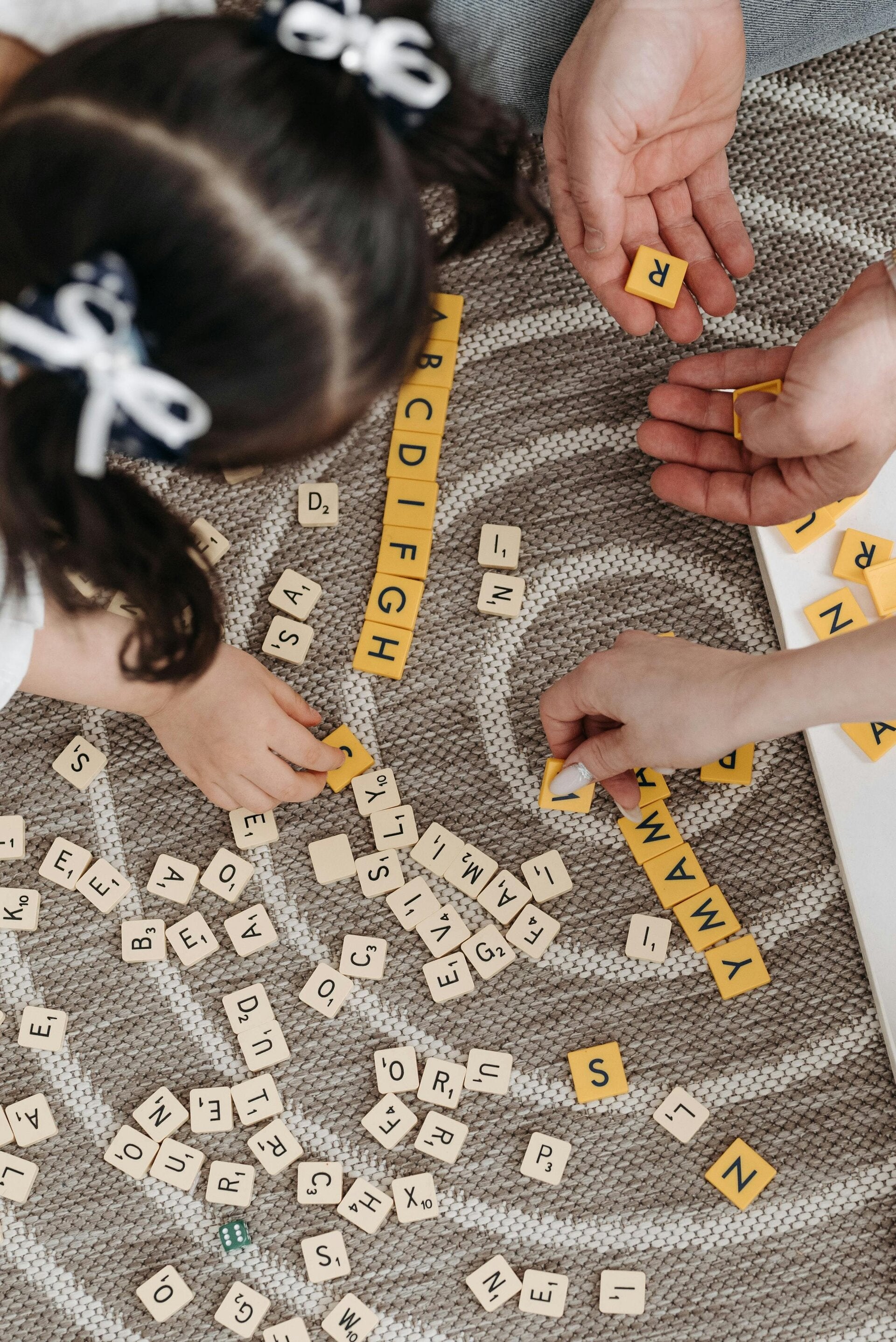
LANGUAGE AND LITERACY
Introduction
Creativity is mostly dependent on language and literacy, which allow children to interact with different viewpoints, exchange ideas, and create stories. From poetry and storytelling to dramatic reading and writing, early literacy experiences help children develop their creativity and problem-solving skills. According to the EYLF, literacy is more than just being able to decode text; it also includes being able to communicate ideas in a variety of ways, such as through spoken, written, visual, and digital media. Playful settings where children explore with words, sounds, and genres foster creativity in language development. Children who participate in rich literacy experiences have the self-assurance and abilities necessary to experiment with language in both written and spoken forms.

Theories and Views of Creativity
Vygotsky, who saw dialogue and storytelling as crucial to meaning-making, emphasized the function of language in cognitive development. According to Bruner's narrative theory, children primarily shape their understanding of the world through stories. According to Rosenblatt's transactional theory of reading, a reader's interaction with a text determines its meaning. The significance of providing open-ended literacy experiences that encourage creative answers is emphasized by Anna Craft's "possibility thinking." According to Reggio Emilia, literacy provides a potent vehicle for creative inquiry in early childhood settings, and language is one of the "hundred languages" that children use to express themselves.
Materials, Digital Technologies, and Resources
Diverse literacy experiences are supported by high-quality picture books, wordless books, poetry collections, and multilingual texts. Oral storytelling is enhanced by flannel boards, puppets, and narrative props. Emergent writing is promoted by writing supplies such as magnetic letters, chalkboards, and notebooks. Children can create and share multimodal narratives using digital storytelling tools such as Book Creator, StoryJumper, and Puppet Pals. Children can record and listen to their own stories using audio recorders. Having access to books from other cultural backgrounds promotes inclusivity and expands one's creative horizons. Collaborative story maps can be shown on interactive whiteboards. Inviting literacy-rich spaces that promote both individual and group creative engagement are created by adaptable reading nooks with cozy seating.
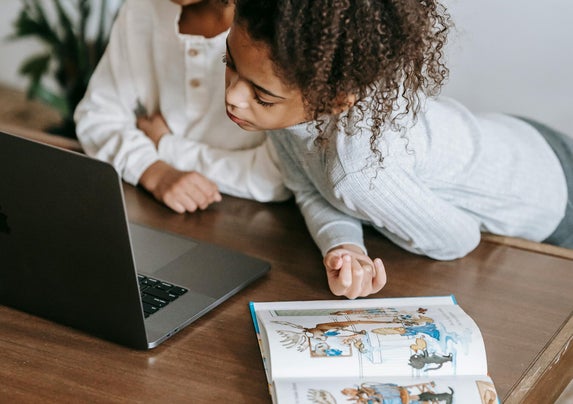
Experiences in Learning
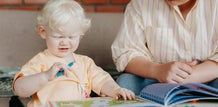
0-2 Years
- Interactive Nursery Rhymes: Easy rhymes that incorporate actions promote early vocabulary and linguistic rhythm.
- Sensory Storytime: Storybooks and sensory elements (smells, textures) increase audience participation.

2-3 Years
- Storytelling with Puppets: Using puppets, children repeat well-known tales while developing narrative structure.
- Sound Hunt: This activity encourages phonological awareness by having participants look for objects that begin with particular sounds.
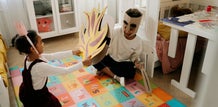
3-5 Years
- Create-a-Character: Children develop narrative thinking skills by creating and describing fictional characters.
- Shared Big volume Writing: Collaborative narrative captured in a large volume encourages teamwork.
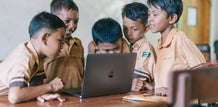
6-8 Years
- Digital Storybook Creation: Children create illustrated stories with audio narration using Book Creator.
- Poetry Slam for Children: Reading aloud original poetry promotes creativity and performance literacy.
Create Your Own Website With Webador